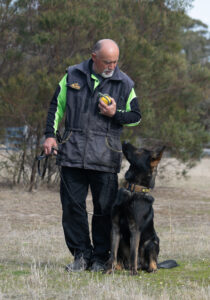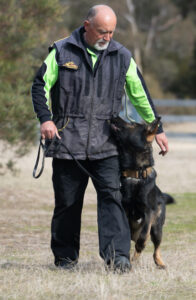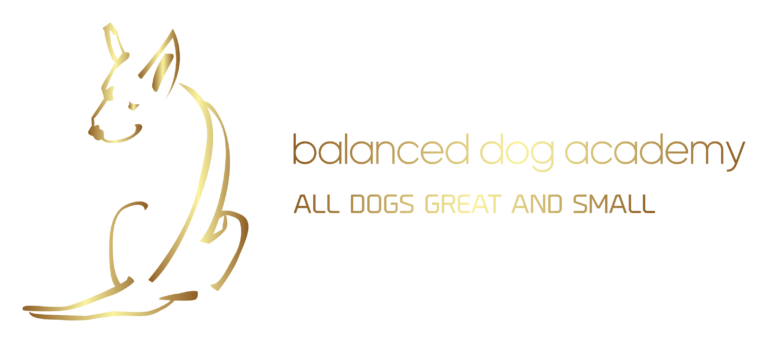Not all Dog Breeds are the same- So Why /should Their Training Be?
While some basic dog training principles work for multiple breeds, the truth is that each breed (and even each dog) presents its own unique set of challenges and rewards. To make matters worse, every dog owner also is different in character and approach and has his ideas of what a good dog should be or how it should behave.
Example: One dog likes treats as reward for good work, where another dog loves to chase a ball and the next dog is quiet content with a good pat. We will help you establish, condition and develop what your dog needs in order for you and your dog to enjoy each and every training session. We will also teach you how to set discipline, leadership and a good routine in order for your dog to feel comfortable with what ever and in any situation.
Obedience training is often a “prerequisite for, or component of” other training.
Obedience training ranges from very basic training, such as teaching the dog to reliably respond to basic commands such as “sit,” “down,” “come,” and “stay,” to high level competition within clubs such as Schutzhund “IPO” Clubs, PSA, Mondio Ring and KNPV where additional commands, accuracy and performance are scored and judged.
Obedience implies compliance with the direction or command given by the handler. For a dog to be considered obedient rather than simply trained in obedience, it must respond reliably each time its handler gives a command. Training a dog in obedience can be an ongoing and lengthy process depending on the dog, the methods used, and the skill and understanding of both the trainer and the handler. The level of obedience the handler wishes to achieve with the dog is also a major factor in the time involved, as is the commitment to training by the handler.
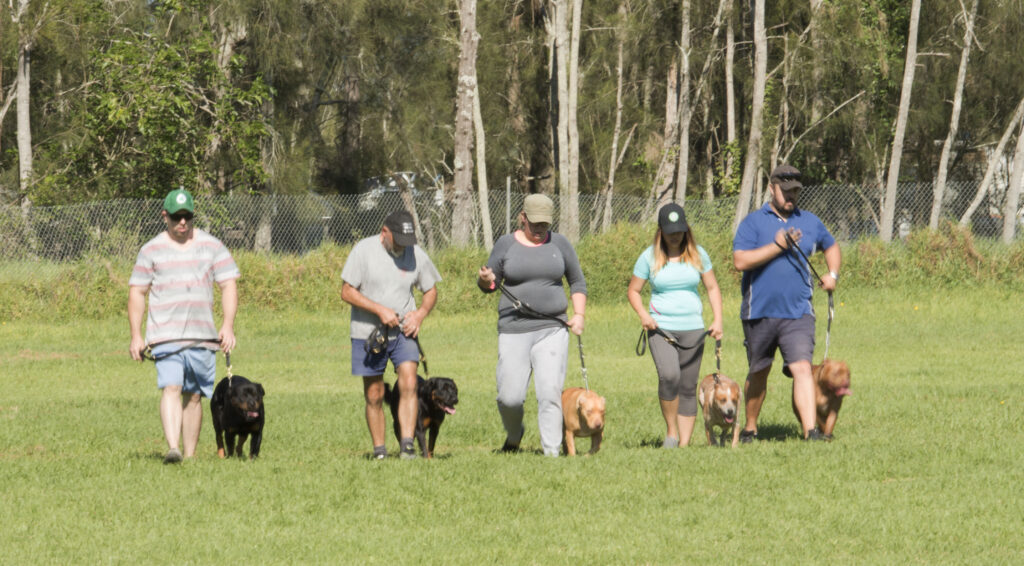
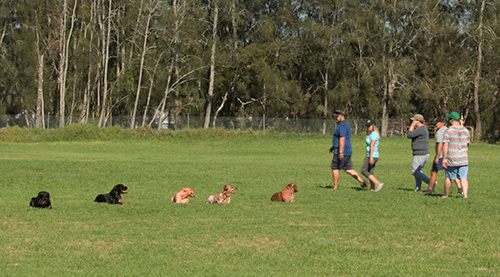
We teach you how your dog’s mind works, so that you can solve the root cause of your dog’s problems, rather than constantly treating the symptoms
Most experienced dog owners are familiar with common dog behaviour problems, but some may wonder why dogs exhibit these behaviours. Barking, biting, chewing and many other common dog behaviours are often misunderstood and mishandled by dog owners. Perhaps you are new to Dog Ownership, considering getting a dog, or just wish to better manage your dog’s behaviour problems. Thoroughly understanding the most common dog behaviour is the first step to solving and preventing them.
Separation anxiety is probably one of the most discussed dog behaviour problem. Manifestations include vocalization, chewing, inappropriate urination and defecation, and other forms of destruction that occur when a dog is separated from his owner. Not all these actions are the result of separation anxiety. Signs of true separation anxiety include:
- Dog becomes anxious when owner prepares to leave
- Misbehaviour occurs in the first 15-45 minutes after owner leaves
- Dog wants to follow owner around constantly
- Dog tries to be touching owner whenever possible
True separation anxiety requires dedicated training, behaviour modification and desensitizations exercises. Medication may be recommended in extreme cases, but this should be a last resort.
Separation anxiety is a disorder that causes dogs to panic at the idea of being left home alone. The panic is so overwhelming that when you leave, dogs tend to become destructive, bark like crazy, and have housebreaking accidents. When you return home, their greetings are often frantic. This condition is stressful for both dogs and owners, especially because regular obedience training does little to ease it.
